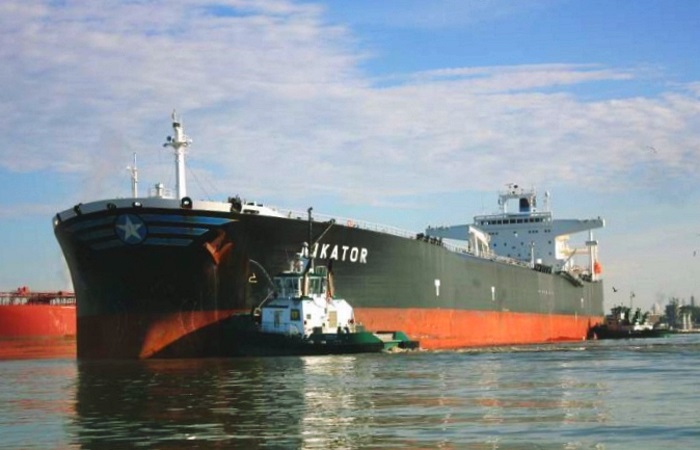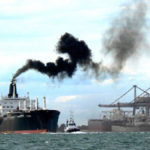Ship Owners Splurge on Tanker Newbuildings so far in 2019

Tanker owners have returned to shipyards for more orders in 2019, with VLCCs and MRs the most popular options. However, whether this trend continues or not for the rest of the year, will depend on a number of factors. In its latest weekly report, shipbroker Gibson said that “2019 has already started out as a busy year in terms of tanker ordering activity with VLCCs and MRs once again appearing to be in vogue. So far this year, at least 12 VLCCs and 11 MRs have been contracted. Both asset classes also received the most interest in 2018, with 42 and 49 units being ordered respectively. Now, the question is, was the start of 2019 just a blip or a sign of things to come?”
According to Gibson, “many factors will play a role in the investment decision. From fleet renewal programmes and regulatory developments, to speculative investment based on anticipated future demand. But other influences, such as prices and yard slot availability will also play a role. Precisely determining shipbuilding capacity can be a tricky game, with different vessel types occupying slots for different periods of time, depending on their complexity. However, some conclusions can be drawn from what we know, and what we think might logically take place”.
The shipbroker added that “looking at historical activity, overall, ordering across all shipping sectors declined in 2018 and remained low compared to the busier periods of ordering seen between 2013 – 2015, and prior to that the 2006 – 2008 boom. This implies that there is plenty shipbuilding capacity to see higher ordering activity in 2019. Yet, there are other factors to consider. Firstly, the shipbuilding industry has hardly been in good health in recent years, many yards that were active during the last shipbuilding boom remain idle, whilst offshoot yards such as Hanjin’s Subic Bay facility have struggled, having recently filed for rehabilitation following loan defaults. At the same time, consolidation is increasing, with Hyundai Heavy Industries (HHI) taking control of Daewoo Shipbuilding & Marine Engineering (DSME). Secondly, whilst investment in 2018 was well below record levels, contracting of complex LNG carriers and containerships roughly doubled year-on-year, suggesting that newbuilding slots at premium yards could be a little scarcer over the next few years. This may be particularly true if, as widely reported in the press, a large LNG order (of up to 60 vessels) is placed by Qatar. The timing of this deal may be unclear. But, with the final investment decision now taken on the joint Exxon/Qatar Petroleum Golden Pass LNG project and Qatari aspirations to increase domestic capacity, the requirement is certainly there”.
“Higher consolidation should reduce ‘overcapacity’ in the Korean shipbuilding sector, which, coupled with higher demand from other sectors (e.g. LNG), could support higher prices, potentially impacting on the volumes of newbuilds contracted. However, much depends on what happens in the Chinese shipyard industry and whether that sector too sees further consolidation. Nevertheless, prices have already increased over the past 12 months, with a newbuild VLCC (non-scrubber, Korea) having risen approximately $10m over the past 12 months. Regulation may also make the decision trickier, owing to uncertainty over which fuel choice/compliance method represents the future. Some owners may wait to see how the next few years evolve before committing to newbuild designs. However, regardless of how these factors play out, replacement tonnage will be needed, and ordering activity will eventually surge. When this takes place, however, is key to the shape and timing of the next market upcycle”, Gibson concluded.
Nikos Roussanoglou, Hellenic Shipping News Worldwide

 Hellenic Shipping News Worldwide Hellenic Shipping News Worldwide, Online Daily Newspaper on Hellenic and International Shipping
Hellenic Shipping News Worldwide Hellenic Shipping News Worldwide, Online Daily Newspaper on Hellenic and International Shipping
























 PG-Software
PG-Software